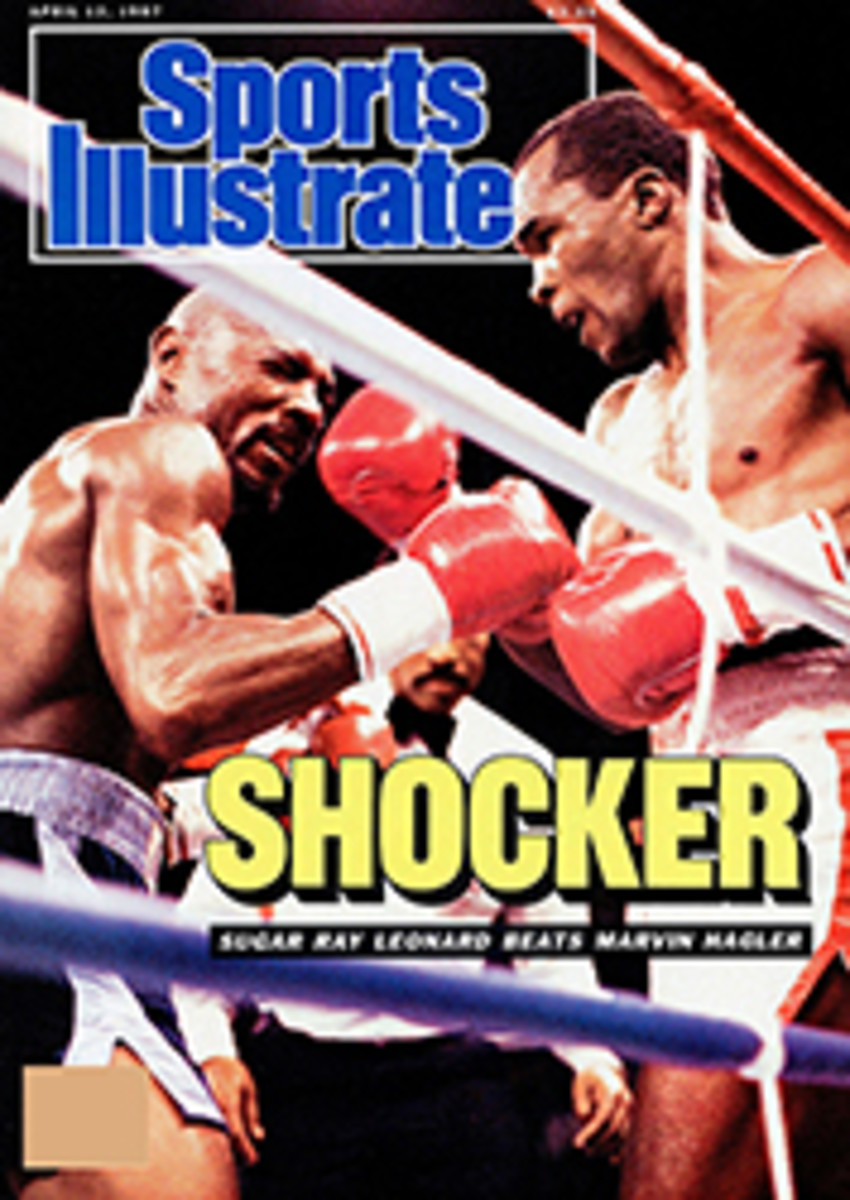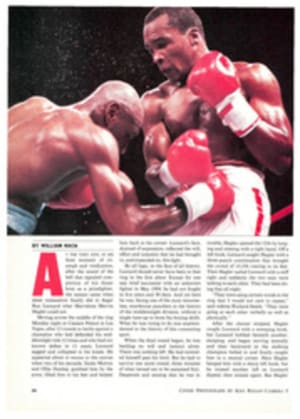
NO TIP OF THE HAT FROM THIS JAPANESE PITCHER
In Japan, there are two kinds of truth—the kind you mean and the kind you say. There are also two kinds of pitchers—Osamu Higashio of the Seibu Lions and all the others.
Skill is not what sets Higashio apart, although for the last 10 seasons he has been one of Japan's better pitchers. Higashio, 36, is different because he embodies a trait many Japanese regard as unfortunate: What he says and what he means are one and the same.
When Higashio says that he will throw the ball at the batter, he does just that. He has hit more of them—156—than any other pitcher in the history of Japanese baseball. Of course, Higashio is not the only pitcher in Japan to have bruised a rib cage. He's just the king, the Sal Maglie of the Orient.
Higashio admits that he has been throwing inside for 15 years. And even if 90% of the batters he has hit were struck unintentionally, the other 10%, he says, were not. In Japan, a pitcher is expected to tip his hat and bow to a batter he has hit. Higashio remains upright, his hat on his head.
"The difference between other pitchers and me comes from traditions and characteristics that we in Japan consider virtues," Higashio says in a husky voice. He speaks with a candor that in Japan is considered inaka, or "country." Among city people inaka is a pejorative that means one is unsophisticatedly blunt. "The average Japanese pitcher is committed to the virtues of Japan," says Higashio. "Throwing the ball close to the batter puts fear in the batter. It is considered a virtue not to scare the batter because it might lead to violence and that is not good in Japan. But," he continues, sounding like a U.S. major leaguer, "I have a family to take care of. Without winning I cannot enjoy a good living. If I didn't throw inside, I would not be able to be a winner."
In Japan, as in most places, winning is important, but more important is winning in the proper way. This means displaying harmony and a most essential thing called "fighting spirit." So crucial is this factor in Japanese baseball that players have been known to practice in a downpour and to field balls until they drop from exhaustion in what is known as the 1,000 fungo drill. Although this drill has disappeared in recent years, the premise behind it has not. Scoreboards flash the words FIGHT and GUTS, and fans chant, "You're tough and strong and wild."
Many people insist that while this is what is said, it is not what is meant. They say that baseball in Japan is about not making mistakes, about not making trouble, about not really fighting. "Here in Japan, if you strike a guy out, fine, you get credit for that," says pitcher Rich Gale, who played for the Royals. Giants, Reds and Red Sox before joining the Hanshin Tigers. "If you walk him, you're O.K. If you give up a home run, people won't credit the batter with beating you. They say that it was a bad pitch. In the States it's the pitcher battling against the batter. In Japan, that's seen as creating a confrontation and nobody is supposed to do that. It's a window on this society—you have to make social accommodations because so many people live so close together. That's why you see fewer brushback pitches in baseball here. To me it contradicts their 'fighting spirit' approach."
Japan has always had its bold players, but boldness implies risk. And because risk implies the possibility of failure, it is best avoided in a game in which consistency is a virtue and mistakes seldom go unpunished.
Among the boldest players of all is Higashio, who sees the strike zone as a battleground. "The batter always considers the outside part of the plate his zone, but the pitcher has to have the power to throw inside and outside," he says. "I have true fighting spirit, but other pitchers are different from me."
His views do not always make him popular. "Batters hate me." he says without sadness. Yet he has earned the respect of former U.S. major leaguers in Japan who are familiar with an overtly aggressive game.
"I've always admired him for his pitching style," says Leron Lee, a former outfielder for the Cardinals. Padres, Indians and Dodgers, who has hit against Higashio for 10 years. "Most pitchers here just try to trick you. It's a cat-and-mouse game. But when I'm batting Higashio, I feel like. "This is going to be something.' I've warned him not to hit me in the head—just keep it fair."
For 15 seasons, Higashio brushed back with impunity. Then came the summer of 1986 and the Davis Incident. In the sixth inning of a June game against the Kintetsu Buffaloes, Higashio hit a batter on the right elbow. Unfortunately for Higashio, the batter was Dick Davis, a former outfielder for the Brewers and Phillies, who chose to exact a measure of vengeance. He ran out to the mound and punched Higashio with a right hand to the left cheekbone.
That was not the first time an angry foreigner had run out to the mound to attack a pitcher. Once a pitcher turned and hightailed it into centerfield to avoid a batter he had hit. Japanese coaches and managers have even been known to punch and kick umpires. But until Davis, no one had ever gotten violent with Higashio.
Although he thought his pitch had not hurt Davis—"It was just a touch," he says—Higashio stood his ground. Afterward, Davis was ejected, Higashio had a badly bruised cheekbone, and the Japanese sports public was shocked. Headlines in the sports dailies screamed SHAMELESS CONDUCT! THIS SCENE IN YOUR LIVING ROOM, TOO! and EXPEL DAVIS FROM BASEBALL WORLD! Pitchers stood by him, but Higashio received little sympathy from hitters. Many people, including rival managers and players, said that everyone knew that he had been throwing at batters for years. Although these people would have been loath to attack Higashio themselves, they appreciated a foreigner doing it for them.
By season's end Higashio's bruise was gone and the Seibu Lions found themselves in the deciding game of the Japan Series. On the mound for Seibu was Higashio. At bat was an old acquaintance. Koji Yamamoto of the Hiroshima Toyo Carp. Higashio threw two pitches across the plate. The third sailed at Yamamoto's head. At age 40, Yamamoto is a baseball deity in Japan. He jumped out of the batter's box. He glared at the mound. He balled his hands into fists. Then he threw a quick flurry of body punches at the air. He smiled. Higashio smiled, too. He rubbed the ball as they both stood there grinning for a while longer. They were two men who knew the game and each other well enough to state the truth—the truth they meant—in a suitable way.
PHOTO
SANKEI SPORTS
It is contrary to Japanese custom, but Higashio doesn't mind keeping batters loose.
PHOTO
NIKKAN SPORTS
Davis was the first battered batter to punch out Higashio.
Michael Shapiro is an American living in Japan who often writes about Japanese baseball.

